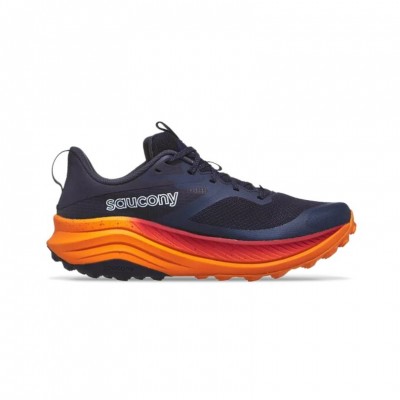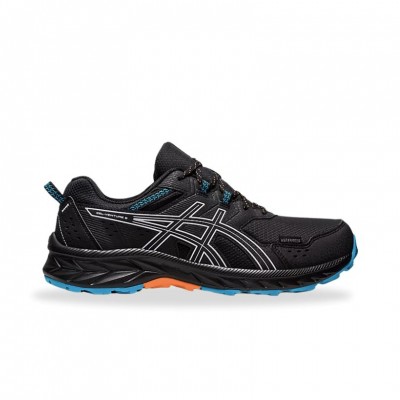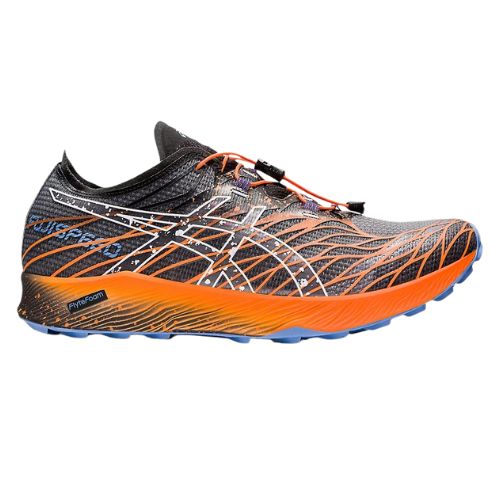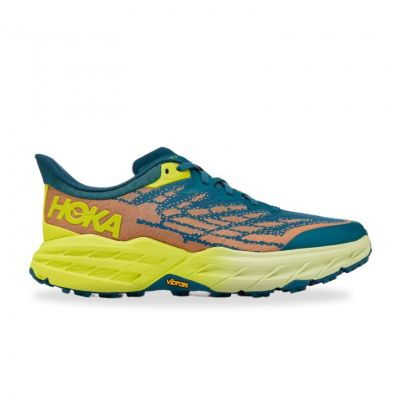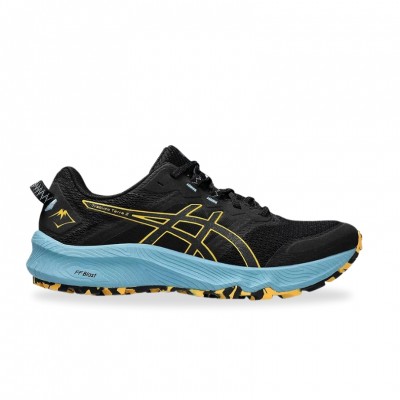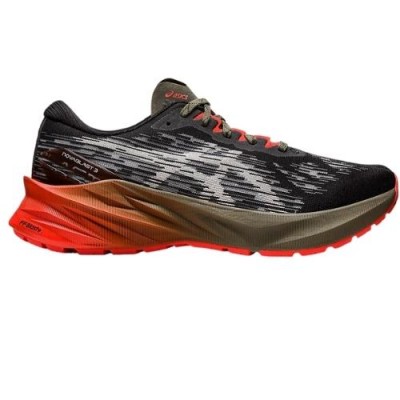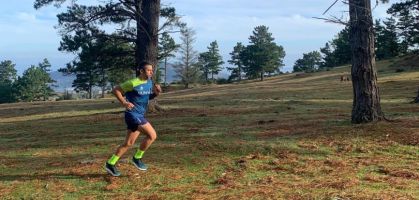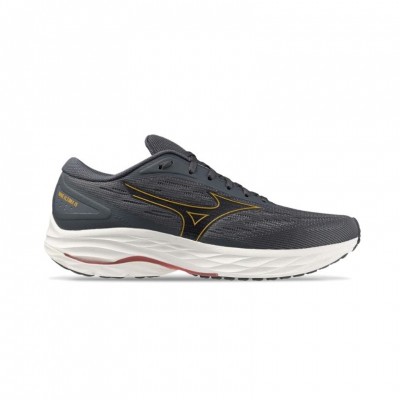You may be interested in:
If there is one thing that differentiates the disciplines of running on asphalt or mountain, it is undoubtedly the slopes, which make the difference. While most road competitions are mostly flat or with certain slopes not very steep, trail races stand out for presenting a multitude of ascents and descents of different slopes, from the most affordable to the most demanding and complicated at a physical and technical level.
Therefore, whether you are one of the people who usually wears trail running shoes as if you are that or that runner who is starting to train in the mountains, you will have seen firsthand that running on flat and firm ground is not the same as running on constant climbs and descents, with the addition of surfaces that cause great instability and more insecure support.
One of the most common phenomena that occur when we are new to the mountain or when we do too demanding sessions is the appearance of the well-known DOMS (Delayed Onset Muscle Soreness). If we have little experience in trail running, the lack of habit of running in the mountains and the fact of performing a different activity in terms of running technique may be the main cause of this type of muscle soreness.
But be careful, stiffness is not exclusive to the most novice runners, since making steep descents or descents at high speed is one of the most common reasons to cause DOMS. And you may ask, why? Because of the eccentric muscle component that is generated in negative slopes.
Stay tuned, because below we explain what eccentric muscle contractions consist of and how you can put them into practice through various types of training methods.
What is an eccentric contraction?
Without getting too technical, an eccentric muscle contraction occurs when the origin (starting point) and insertion (end) of a particular muscle are separated. In other words, it is a controlled and non-injurious elongation of the muscle fibers, so that their original length is altered, increasing it to a certain extent. At the same time, there are also concentric contractions, which are precisely the opposite, i.e., the bringing together of the origins and insertions of the muscles.
Practically any human movement is a continuous combination of eccentric and concentric contractions, since each gesture requires tension and distension of our muscles to achieve its purpose: raising an arm, picking up a bag, walking, dancing...
If we go to the specific case of trail running, we can see how in addition to combining both types of muscle contractions, the eccentric component is very noticeable, especially in the descents. This is due to the fact that the body exerts much greater impact forces on negative slopes, since in addition to supporting the weight of the body itself, the effect of gravity increases the force against the surface. This gesture of collision and braking against the ground generates that a part of the musculature absorbs these impacts through the effect of constant elongation , which despite being a very effective mechanism for this, involves a very large energy and mechanical expenditure.
Sometimes it happens that the sum of this type of contractions or certain excessive contractions cause the appearance of micro-tears in the muscle fibers, which in essence are the ones that cause stiffness. Therefore, in order to avoid stiffness as much as possible and to improve performance during descents, it is very interesting to strengthen the muscles to increase tolerance to eccentric contractions. In the following lines we will tell you how to do it!
Inclusion of eccentric exercises in your training
We can divide the improvement of tolerance to eccentric contractions by two ways or means:
Strength training.
This is one of the most reliable, safe and successful ways to work on and further improve your tolerance to eccentric contractions in trail running. And at this point you may be wondering how to do it, since you may already include strength sessions in your weekly routine but you have not been able to stop the dreaded stiffness. Well, it is very simple, modifying the speed of execution of strength exercises, especially those that refer to the muscles from the waist down, although you can also put it into practice in the upper body exercises.
The explanation is very simple. Each gesture of displacement of force, either in any direction, has a phase where the load (weight) is pushed or pulled, and another phase where we let ourselves be overcome by this resistance. The phase where we push or pull the weight away or towards us corresponds to the concentric contraction, while the moment where we allow the weight to "beat" us consists of the eccentric contraction, which is of most interest to us.
Practical example. In a squat, the moment where we descend and let the weight beat us is the eccentric phase, while the moment where we push the load is the concentric phase. So with any exercise that we move a weight, either by machines, dumbbells or bars.
Referring to the modification of execution speed mentioned above, emphasizing the eccentric phase is executed by performing the eccentric phase much slower than normal, slowing the movement as much as possible. In this way we will be stimulating and strengthening the muscle fibers in this type of movement, so common when we run. Returning to the example of the squat, we should descend as slowly as possible, while ascending at a normal speed or even faster.
Train the descents
Continuous exposure to the descents themselves will also be a very effective method for strengthening the muscles in eccentric actions, as it will be the most specific way to do so. Just as we do specific uphill sessions or flat series, including exclusively downhill training will allow us to improve our strength levels, as well as improve our downhill technique, which will make us more efficient and ultimately faster.
In addition to repeating downhill sequences, it is very interesting to modify or alter the way of descending, so that the eccentric tolerance goes progressively, for example:
- Take steps shorter than usual
- Taking steps longer than usual
- Taking a large jump after x steps
- Taking several steps with the same leg in a row
- Random braking and acceleration
- Making changes of pace
One last tip before finishing the article. It is very typical that due to lack of security or fear of descents, especially those of more technical complexity, we tend to over-heel, so that the first thing we support is the heel completely or partially. This causes the impact to be much more "abrupt", which increases the eccentric tension of our musculature since the body brakes much more than if we did it by stepping on the middle or front part of the foot.
In conclusion, having a more natural stride on descents will allow us, in addition to descending faster, to conserve the energy that our muscles need to continue functioning effectively and that we will surely need to continue running with the goal of reaching the finish line or, if training, home.
Read more news about: Running Training


